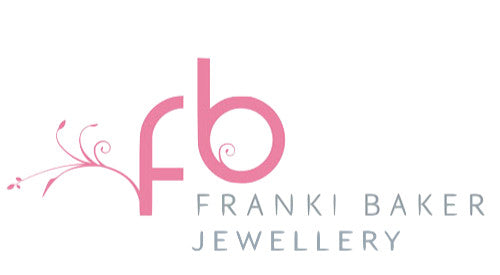Free fast and reliable tracked Amazon fulfilled UK delivery on all items.
How do I know if the crystal I am buying is a genuine natural gemstone or an imitation?
It's a minefield out there!
We are often asked this question as more and more people are interested in natural crystals and more and more companies are selling crystals, both real and fake. Fakes abound so it really is ‘buyer beware’. The other thing to be wary about is the quality of the stone.
Fortunately, there are a few things you can do yourself to check.
Firstly, before you purchase, do check the site you are choosing. Where is the seller based and does the seller have a good record?
If the crystal seems very cheap, it could be a fake, but not always. Crystals are mined and go through many stages before they are presented for sale. These processes all add to the cost.
Fake crystals are often formed with coloured glass which is melted and put into a crystal shaped mould. These can look realistic but beware of the colours being too vivid or not representing the gemstone they purport to look like or the crystals being too perfect. Familiarise yourself with what the crystal you are interested in should look like.
There are many different grades of crystal which are well recognised. The better the grade the more the crystal will cost.
Not all excellent crystals are clear and some excellent qualities have inclusions (cracks and specks). We sell a Rock Crystal AA grade which is flawless to the naked eye & we have Amethyst crystals of the same grade that may be slightly included but the colour is perfect.
Once you have your crystal there are a couple of things you can do to check the crystal is indeed real.
- Weight: Real crystals will usually be heavier than the fakes.
- Temperature: Real crystals are excellent conductors of heat
- Scratch Test: A real crystal is, in most cases, harder than a glass fake. A real crystal will leave a scratch on glass, whereas a fake on will not.






